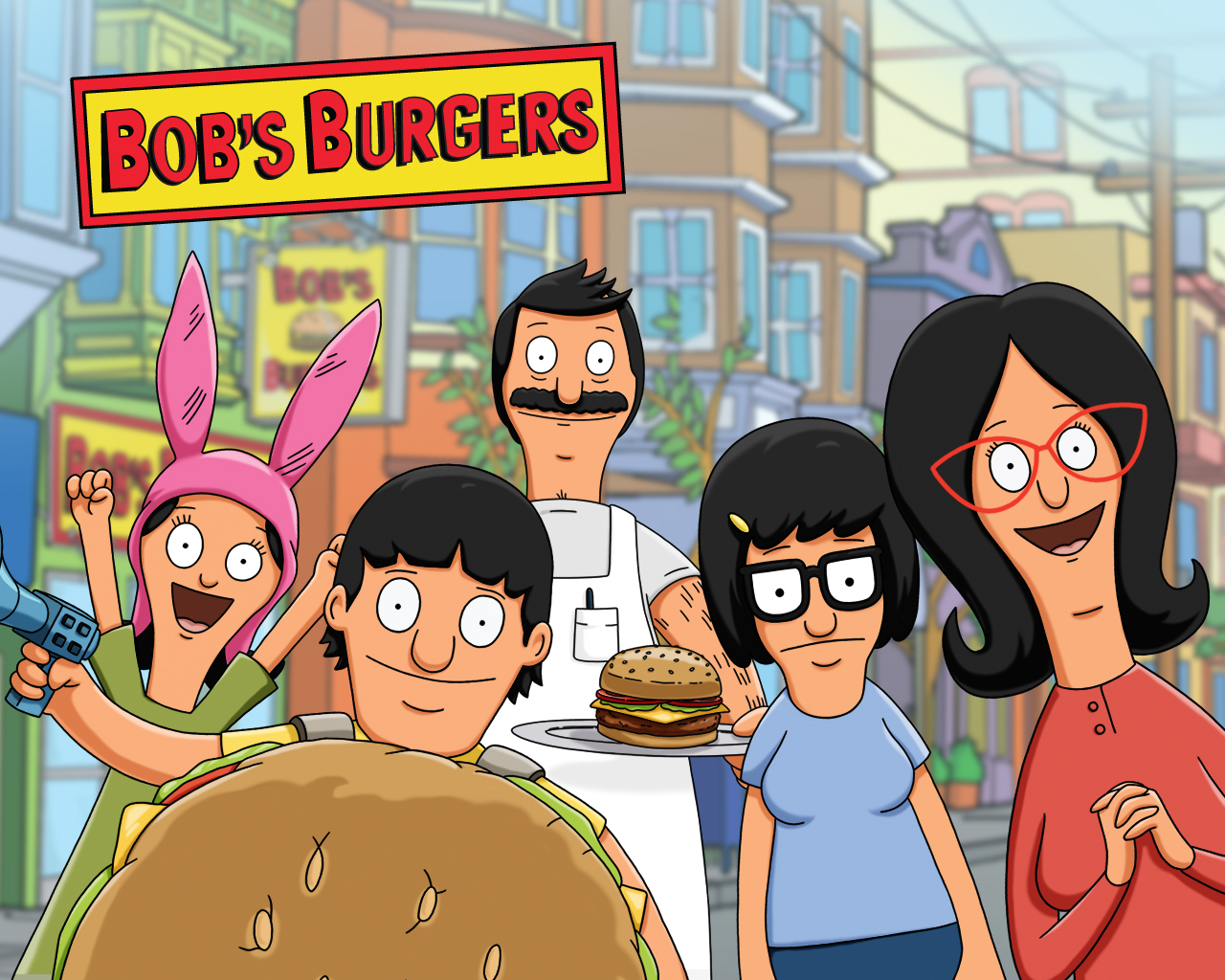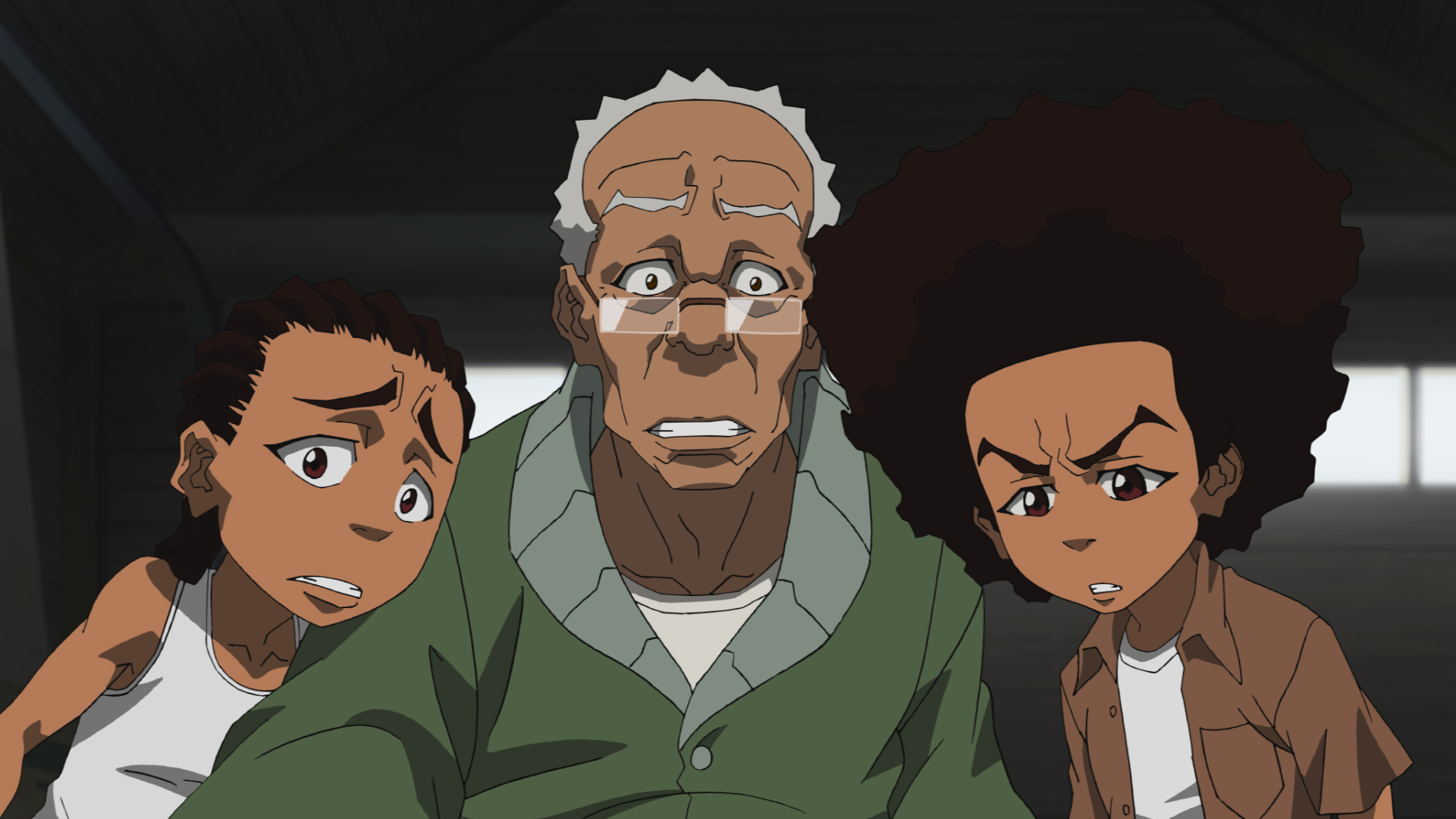English Dub Season Review: Rascal Does Not Dream of Santa Claus (Season 2)
Based on Hajime Kamoshida’s light novel series and illustrated by Kēji Mizoguchi, this continuation of Rascal Does Not Dream picks up after the first season, following Sakuta Azusagawa (Stephen Fu) as he begins a new chapter studying statistical sciences at Yokohama City University’s Kanazawa-Hakkei campus, where he is reunited with his girlfriend, the popular actress Mai Sakurajima (Erica Mendez). Having survived the entrance exams and adjusted to university life, Sakuta starts to settle into a comfortable rhythm—attending gatherings and forming new connections until his friend and Sweet Bullet idol Uzuki Hirokawa begins acting out. When fellow member Nodoka Toyohama seeks his help, Sakuta once again finds himself drawn into the strange phenomenon known as Puberty Syndrome, as Uzuki’s growing fame and emotional turmoil spark another mysterious case that suggests these inexplicable events are far from over.
On the technical side, this anime series adaptation was animated by CloverWorks and directed by Sōichi Masui, with Kazuya Iwata as assistant director, Masahiro Yokotani handling series composition, and Satomi Tamura designing the characters. The band Fox Capture Plan composed the series’ music. Satomi Tamura also served as the chief animation director along with Akira Takata. With the staff and cast from the anime series and films reprising their roles. The opening theme song is “Snowdrop”, performed by Conton Candy, while the ending theme song is ‘The Horizon Is My Old Wound’, performed by Sora Amamiya, Aya Yamane, Konomi Kohara, and Reina Ueda as their respective characters in the Japanese version.
Rascal Does Not Dream of a Santa Claus continues the story first established in Bunny Girl Senpai. The sequel finds Sakuta Azusagawa, now a university student in Kanazawa, navigating a new chapter of his life alongside his girlfriend, the actress Mai Sakurajima. Although his earlier high school experiences with Puberty Syndrome seemed long behind him, the strange phenomenon resurfaces in unexpected forms: precognitive dreams, viral hauntings, a bizarre social media hashtag, and even a mysterious girl dressed as Santa claiming to be “Touko Kirishima”. The result is a continuation that remains emotionally complex and thematically dense, blending supernatural metaphor with personal reflection. While the premise risks overcomplication, it’s the series’ commitment to quiet introspection and emotional sincerity that still manages to draw viewers in.
While first season was an intimate exploration of adolescence and insecurity that turned surreal metaphors into heartfelt storytelling. Every case of Puberty Syndrome felt deeply personal, mirroring universal teenage anxieties about identity, invisibility, and self-worth. By contrast, Rascal Does Not Dream of a Santa Claus and its preceding arcs expand the scale but lose some of that intimacy. The newer arcs center on characters whose struggles feel disconnected from Sakuta’s emotional core, transforming Puberty Syndrome from a deeply individual affliction into something more arbitrary and impersonal. What was once symbolic and poignant now risks becoming formulaic, and even Sakuta, once torn between empathy and exhaustion, seems to navigate his role with less urgency. It’s still smartly written, but its emotional precision isn’t as sharp as before.
At the very least, the franchise’s greatest strength remains its characters and their emotional authenticity. Sakuta continues to serve as the emotional compass of the story—awkward, kind, and painfully real. Mai’s grounded presence, both as a partner and a stabilizing force, keeps the story from losing itself entirely in its supernatural flourishes. Yet some new arcs struggle to earn their emotional weight, recycling familiar ideas without offering deeper insight. The metaphorical power of Puberty Syndrome begins to wane as it’s handed out like a narrative device rather than a reflection of inner turmoil. Still, when the show slows down and lets its characters simply talk, especially Sakuta and Mai, which helps recapture the sincerity and quiet warmth that made the original so resonant.
Visually, the rest of the proceedings maintains the soft, understated aesthetic that has always defined the series. CloverWorks delivers a consistent art style that values emotional subtlety over spectacle, relying on nuanced facial expressions and gentle lighting to convey mood. While it may not boast dazzling animation, the cinematography and character acting elevate even the stillest scenes into something heartfelt. The music further enhances this atmosphere—the opening theme sets a nostalgic, bittersweet tone, and the score gracefully balances melancholy piano pieces with stirring orchestral moments at emotional peaks. The voice cast, led by Kaito Ishikawa and Asami Seto, continues to impress with performances that carry both levity and weight, ensuring that even the quieter exchanges leave a lasting impression.
Overall, Rascal Does Not Dream of a Santa Claus stands as a thoughtful yet uneven continuation of Bunny Girl Senpai’s legacy. It may not reach the same heights of emotional intimacy or narrative cohesion as its predecessor, but it still captures the bittersweet essence of growing up and moving forward. The story remains introspective, filled with sharp writing and moments of genuine warmth, even when weighed down by overextended subplots. For fans who have followed Sakuta and Mai from the beginning, this chapter offers a reflective, if imperfect, return to a world that still understands the fragile beauty of adolescence. And with the upcoming film Rascal Does Not Dream of a Dear Friend confirmed to conclude the series, there’s a sense of hopeful anticipation that this beloved story will find the heartfelt closure it deserves.























"There are also other characters that come and go (also owned by the Warner Bros. Discovery conglomerate media company)."
Huh. Is that just referring to other characters from the show itself, or is this implying that the new season is going to have cameos from other WBD IPs